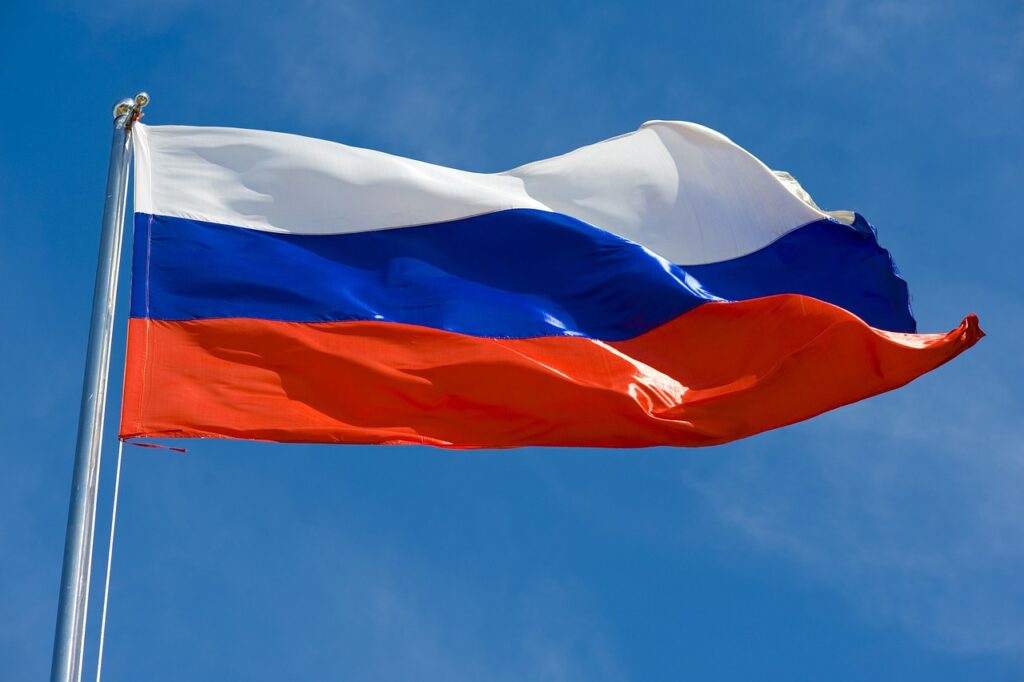Main Points:
- Ukraine and Russia are leading cryptocurrency activity in Eastern Europe, with significant institutional and DeFi participation.
- Chainalysis report highlights nearly $499 billion in digital assets flowing into Eastern Europe, of which over $165 billion is DeFi-driven.
- Russia received over $182 billion, and Ukraine $106 billion, driven by grassroots adoption and institutional interest.
- High inflation and conflict in Ukraine have accelerated adoption, with Bitcoin and DeFi transactions surging.
- Eastern Europe ranks third globally in DeFi growth, despite regulatory uncertainties.
Eastern Europe’s Cryptocurrency Surge
In recent years, Eastern Europe has emerged as a vibrant hub for cryptocurrency, spearheaded by two nations embroiled in political and economic instability—Ukraine and Russia. According to a report by Chainalysis, Ukraine and Russia collectively account for billions of dollars in digital assets, signaling robust cryptocurrency activity driven by both grassroots and institutional players. This trend persists despite ongoing conflict, inflationary pressures, and regulatory ambiguity. The report sheds light on the massive institutional adoption and growth of decentralized finance (DeFi) in the region, which comprises over a third of the total crypto activity.
A Conflict-Driven Push Toward Cryptocurrency
In 2023 alone, Eastern Europe witnessed a colossal inflow of digital assets, amounting to over $499 billion. Russia led this surge with $182 billion, followed by Ukraine with $106 billion. These numbers underscore the rising dependency on digital currencies as alternatives to traditional financial systems, which have been destabilized by economic sanctions and regional turmoil. With these circumstances, cryptocurrency has become a crucial financial tool for many Ukrainians and Russians seeking stability in an unpredictable environment.
DeFi’s Role in Eastern Europe’s Crypto Adoption
Decentralized finance (DeFi) platforms play a significant role in this transformation, particularly in Ukraine, where institutional transactions above $10 million have surged by over 362% over the past year. DeFi, offering alternatives to centralized banks, is appealing to both large investors and everyday citizens. The Chainalysis report notes that Ukraine’s DeFi adoption is central to this boom, contributing $165 billion, about one-third of the region’s total digital asset inflows. These platforms offer higher autonomy, security, and fewer regulations, making them ideal in a climate where conventional banking is less reliable.
Grassroots Cryptocurrency Adoption Amid Inflation
In Ukraine, cryptocurrency adoption has spread beyond large-scale institutional players, extending to retail and grassroots users. This adoption, according to Chainalysis, has witnessed significant growth, with small and large retail transactions increasing by 82.2% and 92%, respectively. With inflation rates spiking to over 26% in December 2022, many Ukrainians turned to Bitcoin and other digital assets as an alternative means of preserving their wealth. For Ukrainian citizens, particularly those experiencing the harsh effects of inflation, cryptocurrency has provided a practical solution for maintaining purchasing power.
Russia’s Institutional and Retail Crypto Growth
Russia, too, has seen a surge in crypto transactions, primarily driven by institutional actors who view cryptocurrency as a safe harbor amid sanctions and economic instability. The report from Chainalysis indicates that Russian institutions have embraced crypto assets, with high-value transactions fueling Russia’s $182 billion intake. Additionally, platforms like WhiteBIT facilitate cross-border transactions, helping users to bypass the limitations imposed by international sanctions. Thus, cryptocurrency not only serves as an investment tool but also as a medium for unrestricted international trade.

The Influence of Global Market Trends
The surge in Eastern European cryptocurrency activity is further propelled by broader global market trends, including the recent inflation in developed nations and the popularity of blockchain innovations. For Ukraine and Russia, geopolitical tensions and high inflation magnify these trends, fostering an environment conducive to cryptocurrency’s rapid expansion. Eastern Europe ranks third globally in DeFi adoption, following Latin America and sub-Saharan Africa. The unique socio-economic conditions make DeFi an attractive alternative, with the freedom it offers appealing to regions where traditional financial systems are restricted.
Regulatory Challenges and the Future of Cryptocurrency in Eastern Europe
Despite these advances, regulatory questions loom large in Eastern Europe’s cryptocurrency landscape. The adoption of cryptocurrency and DeFi platforms has thrived amid regulatory uncertainty, yet formalization efforts by governments remain inconsistent. For example, while Ukraine has shown openness toward crypto legalization to attract foreign investment, Russia’s stance has been more ambivalent, creating a complex regulatory environment. These challenges, however, have not deterred adoption; rather, they seem to bolster the appeal of decentralized financial solutions.
A Region in Transformation Through Cryptocurrency
Eastern Europe’s cryptocurrency surge, led by Ukraine and Russia, underscores a region in financial transformation. The growth of digital asset adoption, particularly through DeFi, is setting a new precedent, with grassroots users and institutional investors alike finding solace in blockchain-based solutions. This crypto activity not only reflects economic resilience but also signifies a broader shift towards decentralized finance in the face of geopolitical instability. As the world watches Eastern Europe, its cryptocurrency journey may serve as a model for other regions exploring alternative financial systems in turbulent times.


